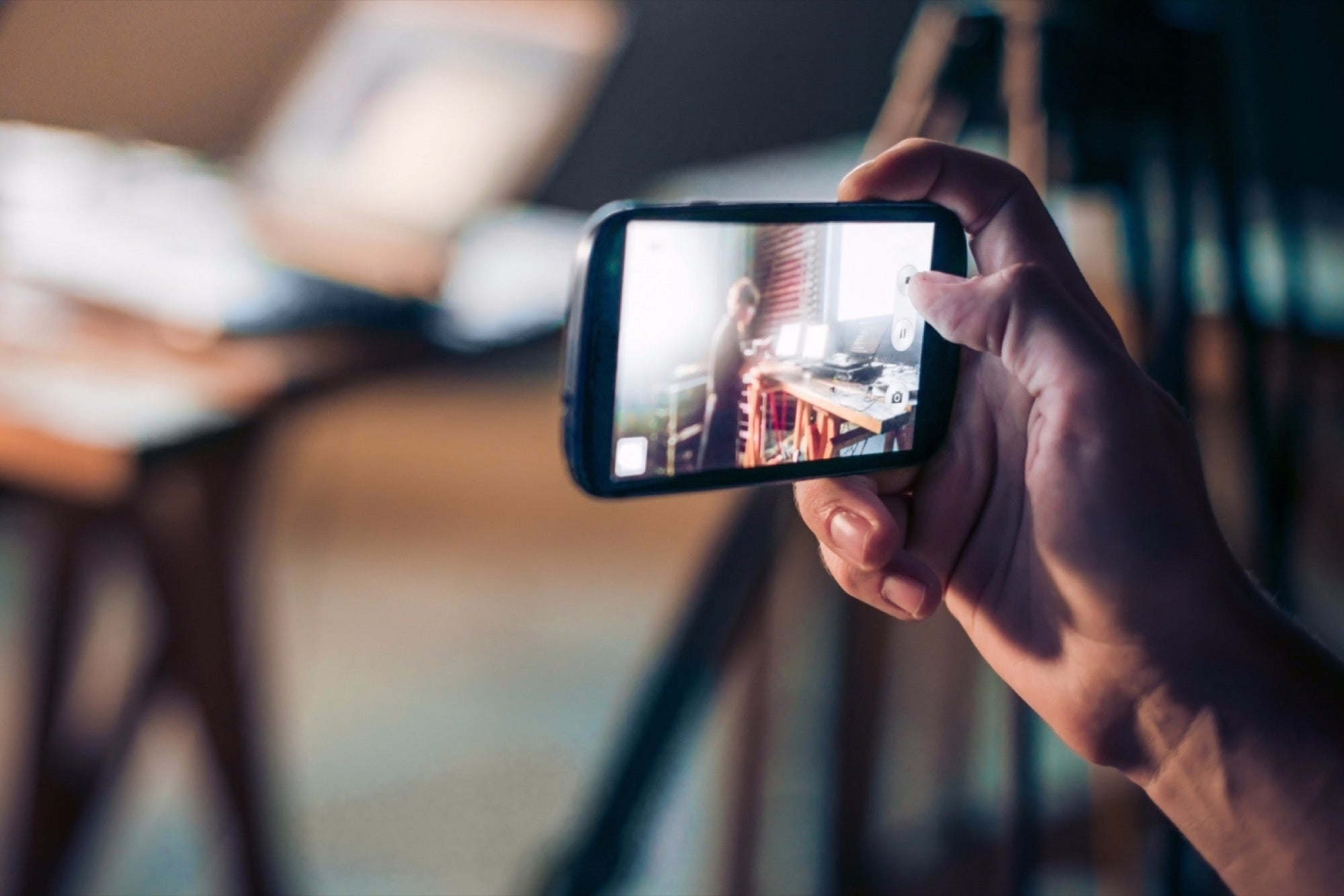Coca-Cola, Dell and PayPal Share Their Influencer Marketing Secrets Four tips to influencer marketing for companies of any size.
Opinions expressed by Entrepreneur contributors are their own.

Every day, a story emerges about brands doing influencer marketing wrong. Often, the reason for these brands' errors is inexperience with the marketing tactic. Big brands like PayPal, Dell and Coca-Cola have been in the influencer marketing space for over the past decade, and that depth of experience has created best practices for how not only big brands, but entrepreneurs and small businesses, can succeed in this fractured marketing landscape. As the Fyre Festival and other examples of #influencerfails make marketers cautious, these brands are continuing to grow their programs and to refine how to best succeed in the influencer space.
Start early.
The biggest tip that all the marketing experts interviewed shared was to start early with your program. Kate Hartman, the group director for global brand PR at Coca-Cola, ran the influencer program for the 2016 Rio Olympics. She and her team began hiring influencers 18 months before the campaign started and started reviewing potential fits for the program three months before that.
Related: How to Make Millions Online Through Influencer Marketing
"We started getting to know them, before we actually started to have them do anything. We met with them each a few times. We treated them as a friend of the company. That pays off ten-fold," Hartman said. "It takes a lot of time to get to know who you are working with. They aren't an asset. They are a person."
Get personal.
Lauren Mauro, the director of both consumer PR and influencer relations at Dell, echoes Hartman's statements. In the past six years, she's developed a multi-tier influencer approach for Dell that scales from celebrity name brands to small regional bloggers. With all of them, she puts the relationship at the heart of the tactic.
"You must invest in introductory calls, face-to-face meetings, follow-up emails, planning and more," Mauro said. "It is a full-time job and difficult to do well if you have another full-time role. If you are looking at starting a program, I suggest investing in dedicated headcount and even a team if budgets and resources allow."
While a full team may not be achievable for a fledgling company, ensuring that a member on the team has at least partial time to allocate specifically to growing and creating relationships can help your business exponentially in the long run.
Related: The 5 Biggest Influencer Marketing Myths That Won't Die
Understand why.
Headcount isn't the only thing that will create success. Understanding why you are doing influencer marketing and knowing how to translate that to the influencers you want to work with is also paramount.
Melissa O'Malley, director of global initiatives at PayPal, previously ran influencer marketing as part of a larger PR remit at HP. "When I created the Influencer Advisory Board at HP, I wanted there to be a reason -- monthly -- that we were working together. This meant we had a focus on creating content that was good for us and good for them. I wanted to be sure it was a win-win," she said when discussing how she set up her program. She noted that her program development process included aligning brand needs very specifically with brand outcomes and then determining which influencers had shared desire to see similar outcomes. That preparation helped her to onboard more unpaid influencers with longer relationships.
It's not just about the outcomes of the one program a brand designs either. There are also benefits in long relationships with influencers who are well connected to outside programs and other companies. They can bring programs and ideas back to your business that you may never have heard of, been aware of or discovered on your own.
"I've had many influencers reach out to me with interesting ideas that aligned to our business objectives that have led to successful strategic partnerships," Mauro said. This intangible benefit is the byproduct of a long-term relationship with mutual shared interests and desire for success.
Related: Why the FTC's Influencer Disclosure Policy Is Completely off Target
Sometimes you break up.
However, as with all relationships, sometimes things fall apart.
"As you grow with an influencer, you can grow together and sometimes you grow apart," O'Malley said. "Sometimes influencers outgrow a relationship with a brand."
When this happens, you'll need to consider an influencer breakup. O'Malley recommends that you get on the phone, discuss his or her business direction and nicely part ways if there isn't a continued shared objective or vision: "Getting on the phone sounds old-school but you find out a lot about that person. It's like interviewing people. It gives people a chance to tell you things about them that might not be apparent."
As with all business relationships, something that started out perfectly may not be a good fit overtime. Rather than get stuck in a relationship that wastes everyone's time, cutting ties early can help to keep that relationship healthy over time.
Related: 6 Must-Do's When Creating an Influencer Marketing Campaign
The lesson: Slow down, dig in and do health checks.
The lessons from these big brands are easily transferable to any brands looking to engage in influencer marketing:
- Step 1: Start early and allow yourself many months to find the right influencers.
- Step 2: Get personal with your influencers and develop real qualified relationships.
- Step 3: Ensure that everyone understands why you are doing this and you set up win-wins for all participants.
- Step 4: Keep a health check and if it isn't working, don't be afraid to break up.
You don't need an influencer marketing program for your brand to be successful, but a great influencer marketing program can help you build a successful brand, develop true advocates and unearth undiscovered possibilities. That's why these big brands are continuing to grow their influencer programs.












